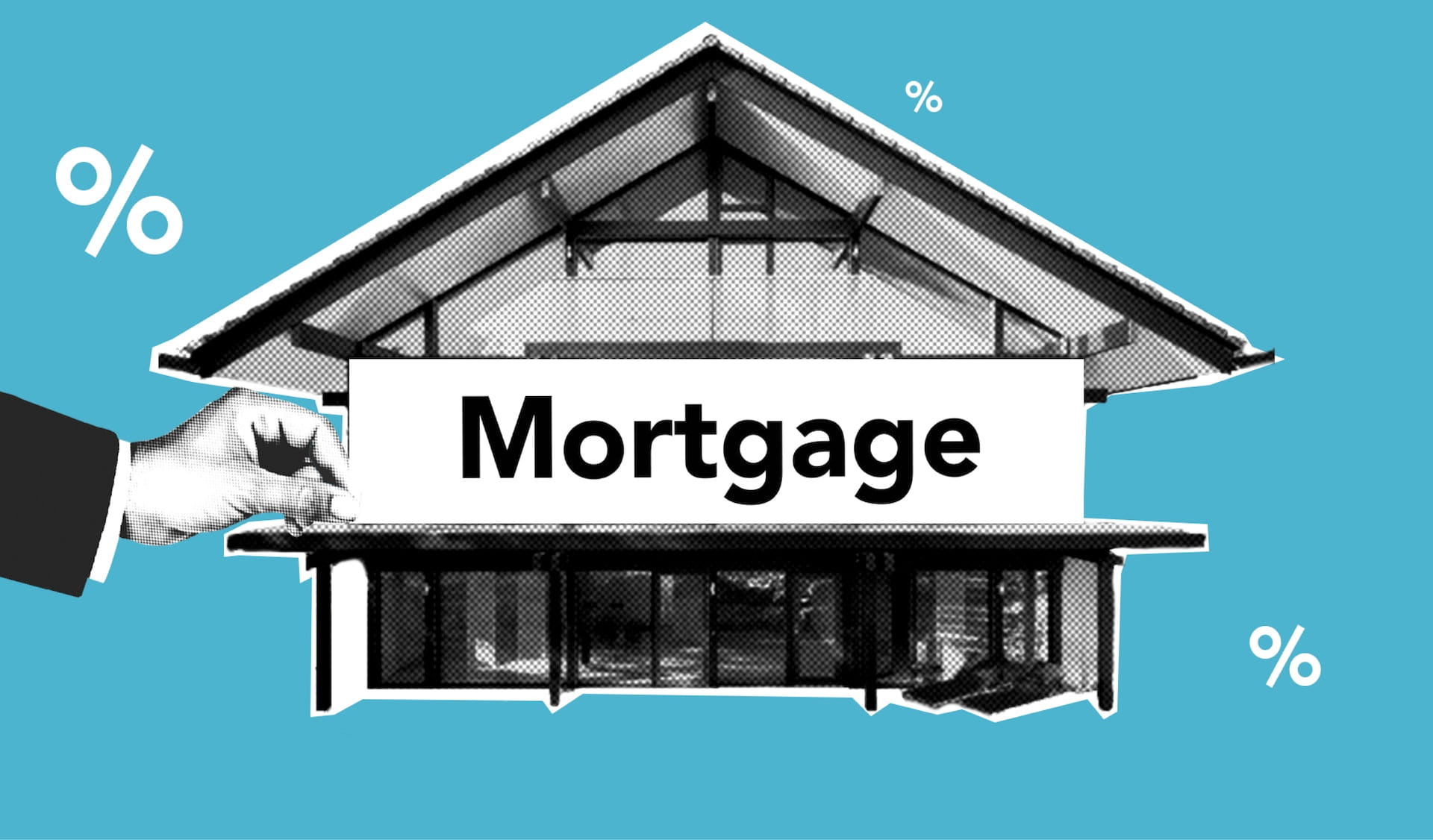Introduction
You can receive a mortgage with a fixed rate or one that fluctuates. Adjustable-rate mortgages, or ARMs, have variable Interest rates that affect how much you pay, whereas fixed-rate mortgages maintain the same Interest rate and payment for the duration of the loan.
As nowadays, a Mortgage is covered by a Mortgage law so it results in proper Legal consultation or lawyer advice available for the same.
What is ARM?
A house loan with an Interest rate that changes over time in accordance with the market is known as an Adjustable-rate mortgage or ARM. If you want to acquire the lowest mortgage rate available at first, an ARM is an excellent choice because it often has a lower initial Interest rate than fixed-rate mortgages.
But this Interest rate won’t continue indefinitely. Your monthly payment may change from time to time beyond the first term, which makes it challenging to consider your budget.
People also read: What are the Different Types Of Gift Deeds?
Characteristics of ARM
The three most crucial characteristics to consider while issuing an ARM are:
1. Discounted introductory rate.
2. Current rate.
3. Conversion possibility.
For a limited period, lenders will give an introductory rate that is lower than their prime rate. After that term, the ARM will convert to an agreed-upon indexed rate. It is known as the actual rate.
After the introductory term, some lenders will allow the borrower to change their Adjustable-rate mortgage from a variable rate to a fixed rate. However, extra fees may apply.
Types of ARM
- ARM Hybrid
The classic Adjustable-rate mortgage is a hybrid ARM. The loan begins with a fixed Interest rate for a few years (typically three to ten), after which the rate changes up or down on a predetermined timetable, such as once a year.
- An ARM with only Interest
Interest-only Adjustable-rate mortgages (ARMs) are Adjustable-rate mortgages in which the borrower only pays Interest (no principle) for a defined period of time. When the Interest-only period expires, the borrower is required to make full principal and Interest payments.
The Interest-only term might extend anywhere from a few months to a few years. During that period, the monthly payments will be modest (since they are merely Interested), but the borrower will not be able to develop equity (unless the home appreciates in value).
- An ARM with payment options
Borrowers can choose their own payment structure and schedule with a payment-option ARM, such as Interest-only; a 15-, 30-, or 40-year term; or any alternative payment equal to or more than the minimum payment. (The minimum payment is based on a typical 30-year amortization at the loan’s original Interest rate.)
A payment-option ARM, on the other hand, may result in negative amortization, which means that the balance of your loan grows since you aren’t paying enough to cover the Interest. If your loan debt climbs too much, your lender may recast it and ask you to make significantly bigger, perhaps unaffordable, payments.
People Also Read: Key Property Documents You Need for Your Home Loan in India
Working of ARM
With an adjustable-rate mortgage, depending on the conditions of your specific loan and a benchmark rate index, your payments may go up or down in response to fluctuations in Interest rates. In some circumstances, going with an ARM rather than a fixed-rate mortgage might be a wise financial move that could result in thousands of dollars in savings. Inquire about the hazards associated with ARMs and the precise amount that the payments may raise.
Some individuals think that getting a fixed-rate mortgage is always the best option. However, ARMs may be a viable alternative for homebuyers who anticipate having a loan for a little period of time. Consider the benefits and drawbacks carefully before applying.
Pros of Adjustable Rate Mortgage
- Low fixed-rate phase payments
Potential savings are available with a hybrid ARM during the initial fixed-rate period. Three years, five years, seven years, and ten years are typical ARM periods. For instance, if you have a 5-year ARM, the initial Interest rate is fixed for five years before it can alter. That guarantees you affordable, dependable payments for five years.
- Flexibility
If your life is expected to change over the next several years, such as if you want to relocate or sell your home, an ARM could be a sensible choice. Enjoy the fixed-rate portion of the ARM and sell before it expires and the less predictable adjustable portion begins. One of the traits of human behavior is negligence. So, there’s a chance that by failing to defend the computer system, we can provide cybercriminals access to and control over the computer system.
- Caps on rates and payments
ARMs feature limits that set a ceiling on how much your payment and Interest rate can rise. These include limits on the rate’s potential variation each time it adjusts, as well as the overall rate variation throughout the course of the loan.
- Your payments could be reduced.
Your monthly payment can decrease if Interest rates decline and lower the benchmark index for your ARM.
Cons of Adjustable Rate Mortgage
- Your payments can go up.
After the adjustable term starts, your payments may increase if Interest rates go up; some borrowers could find it difficult to make the higher installments.
- Not everything goes according to plan.
With ARMs, borrowers must prepare for rising monthly payments and shifting Interest rates. Even so, you might not always be able to sell or refinance when you need to. After the loan’s fixed-rate period, you risk losing your house if you are unable to make the payments.
- ARMs are intricate.
ARMs regulations, costs, and structures can be complex. For borrowers who don’t completely comprehend what they’re entering into, these complexities might present concerns.
Conclusion
Adjustable rate mortgage loans are ones in which the Interest rate is fixed for a set period of time and then adjusts to a higher or lower rate of Interest based on the performance of the economy. Some of the factors that make these mortgage loans more difficult than others are Banks provide lower Interest rates for a limited time yet demand a higher processing fee for the same, customers with lower first loan installments have greater loan eligibility, and customers benefit from better loan liability certainty throughout the initial period of a mortgage loan with a fixed Interest rate.




